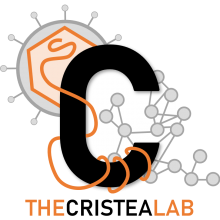Dynamics of huntingtin protein interactions in the striatum identifies candidate modifiers of Huntington disease
Publication Year
2022
Type
Journal Article
Abstract
Huntington disease (HD) is a monogenic neurodegenerative disorder with one causative gene, huntingtin (HTT). Yet, HD pathobiology is multifactorial, suggesting that cellular factors influence disease progression. Here, we define HTT protein-protein interactions (PPIs) perturbed by the mutant protein with expanded polyglutamine in the mouse striatum, a brain region with selective HD vulnerability. Using metabolically labeled tissues and immunoaffinity purification-mass spectrometry, we establish that polyglutamine-dependent modulation of HTT PPI abundances and relative stability starts at an early stage of pathogenesis in a Q140 HD mouse model. We identify direct and indirect PPIs that are also genetic disease modifiers using in-cell two-hybrid and behavioral assays in HD human cell and Drosophila models, respectively. Validated, disease-relevant mHTT-dependent interactions encompass mediators of synaptic neurotransmission (SNAREs and glutamate receptors) and lysosomal acidification (V-ATPase). Our study provides a resource for understanding mHTT-dependent dysfunction in cortico-striatal cellular networks, partly through impaired synaptic communication and endosomal-lysosomal system. A record of this paper's Transparent Peer Review process is included in the supplemental information.
Keywords
Journal
Cell Syst.
Volume
13
Issue
4
Pages
304–320.e5

